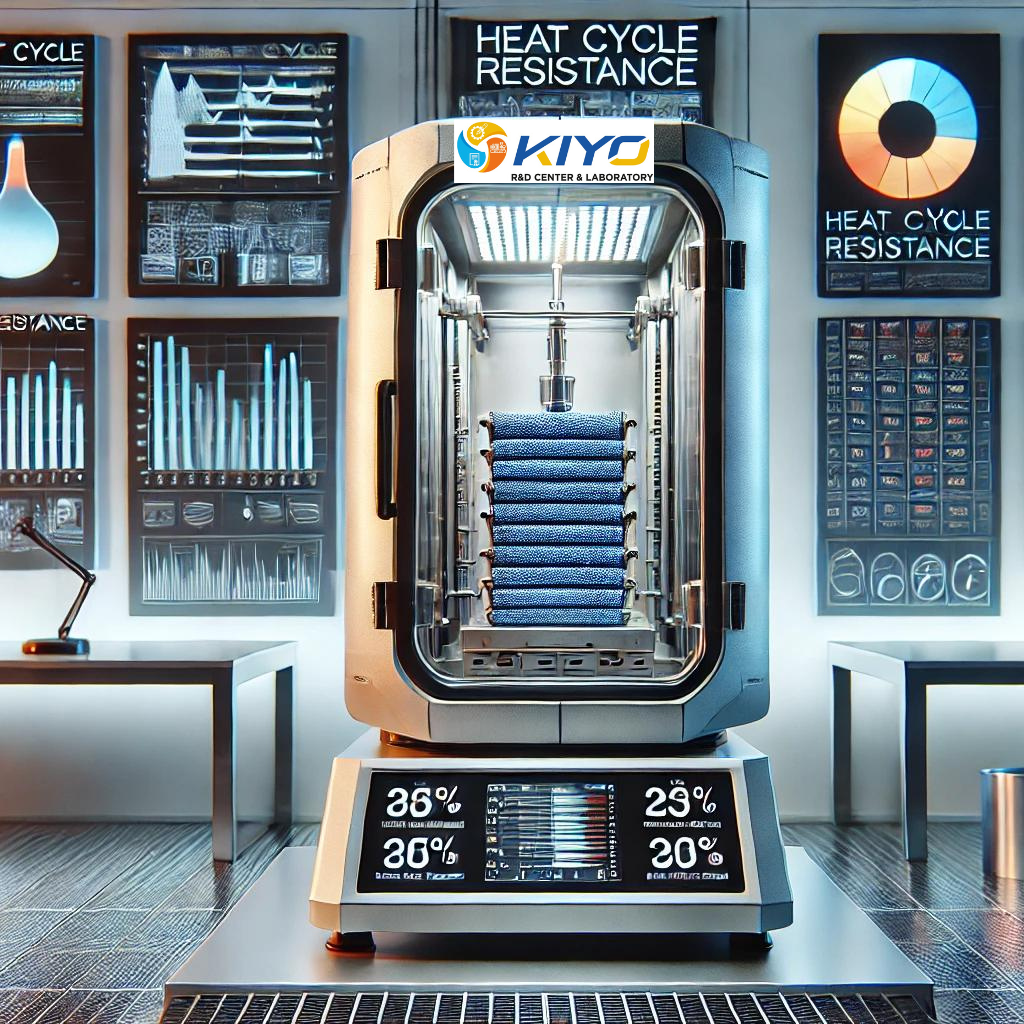Heat cycle resistance testing is essential for evaluating the durability and performance of materials used in automotive applications. This testing process determines how well a material can endure repeated heating and cooling cycles, which is crucial for components exposed to fluctuating temperatures. Adhering to stringent standards like MS 210-05 ensures the highest quality and reliability in automotive parts.
Heat cycle resistance testing subjects materials to alternating cycles of high and low temperatures. This simulation of real-world conditions helps identify potential weaknesses that could lead to material failure over time. By exposing materials to these conditions, the test assesses their ability to withstand thermal stress without compromising structural integrity.
The MS 210-05 standard specifies requirements for heat cycle resistance testing, ensuring materials meet the rigorous demands of the automotive industry. Compliance with this standard guarantees that materials perform reliably under the thermal stresses experienced during vehicle operation. This standard aims to:
Heat cycle resistance testing is conducted in a controlled environment using specialized equipment. Here’s an overview of the process:
Preparation: Test specimens are prepared according to the standard’s specifications, typically made from the same materials used in the final product.
Cycle Definition: The temperature range and the number of cycles are defined per the standard requirements, including maximum and minimum temperatures and the duration of each cycle.
Testing: Specimens are subjected to repeated heating and cooling cycles, with equipment precisely controlling temperature changes to ensure consistency and accuracy.
Evaluation: After completing the cycles, specimens are examined for damage or degradation, including cracks, deformations, and other structural changes.
Reporting: Results are documented, highlighting material performance and compliance with the standard. Any deviations or failures are noted for further analysis.
Implementing heat cycle resistance testing offers several benefits:
Heat cycle resistance testing is crucial for evaluating materials used in the automotive industry. By adhering to standards like MS 210-05, manufacturers ensure that components can withstand the thermal stresses encountered during vehicle operation. This commitment to quality and reliability leads to safer, more durable, and better-performing vehicles.
Ensuring materials pass rigorous heat cycle resistance tests is a key step towards automotive excellence. Through continuous testing and compliance with established standards, the industry can innovate and improve the performance and safety of vehicles on the road.

For quotation or visit